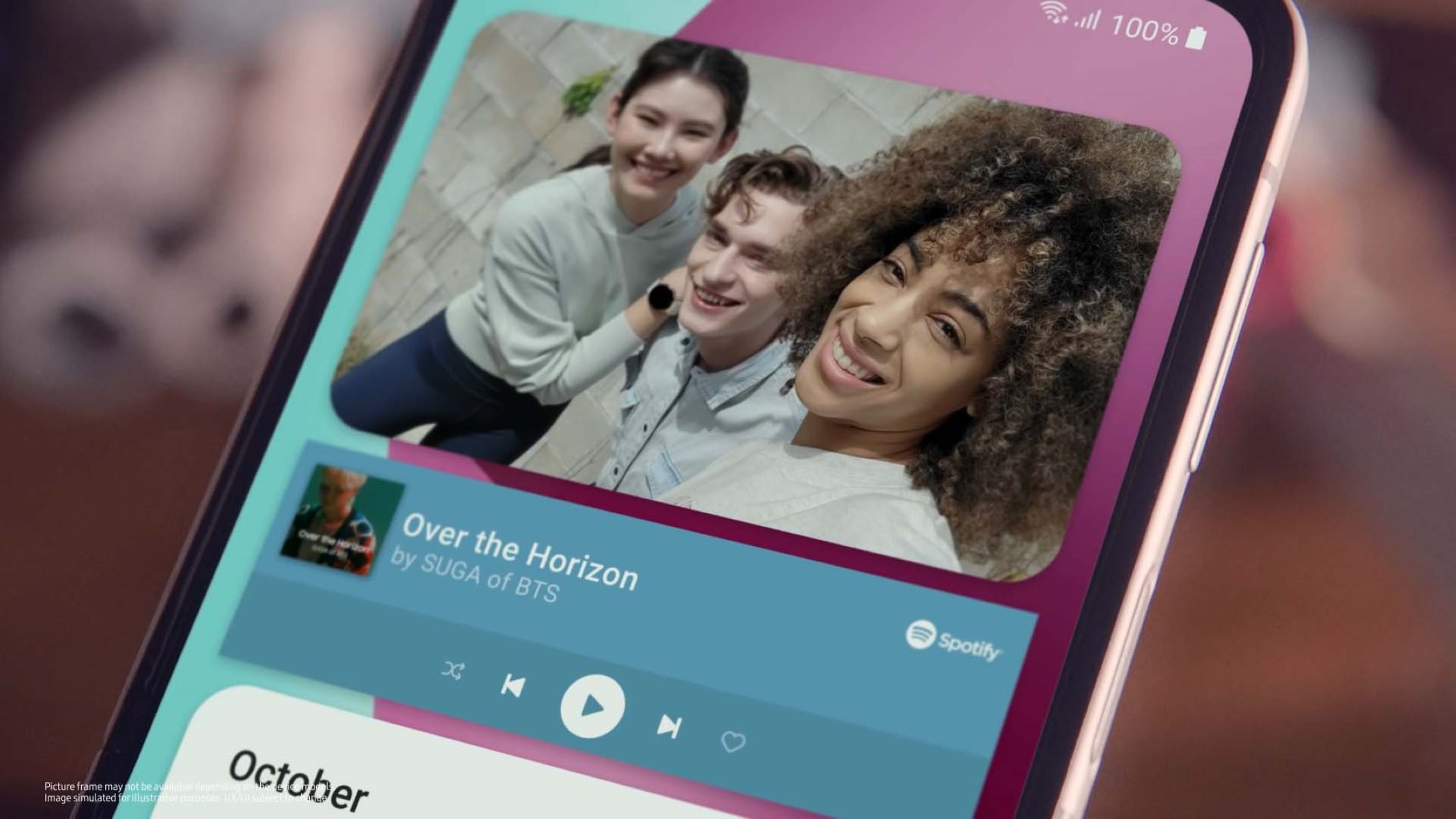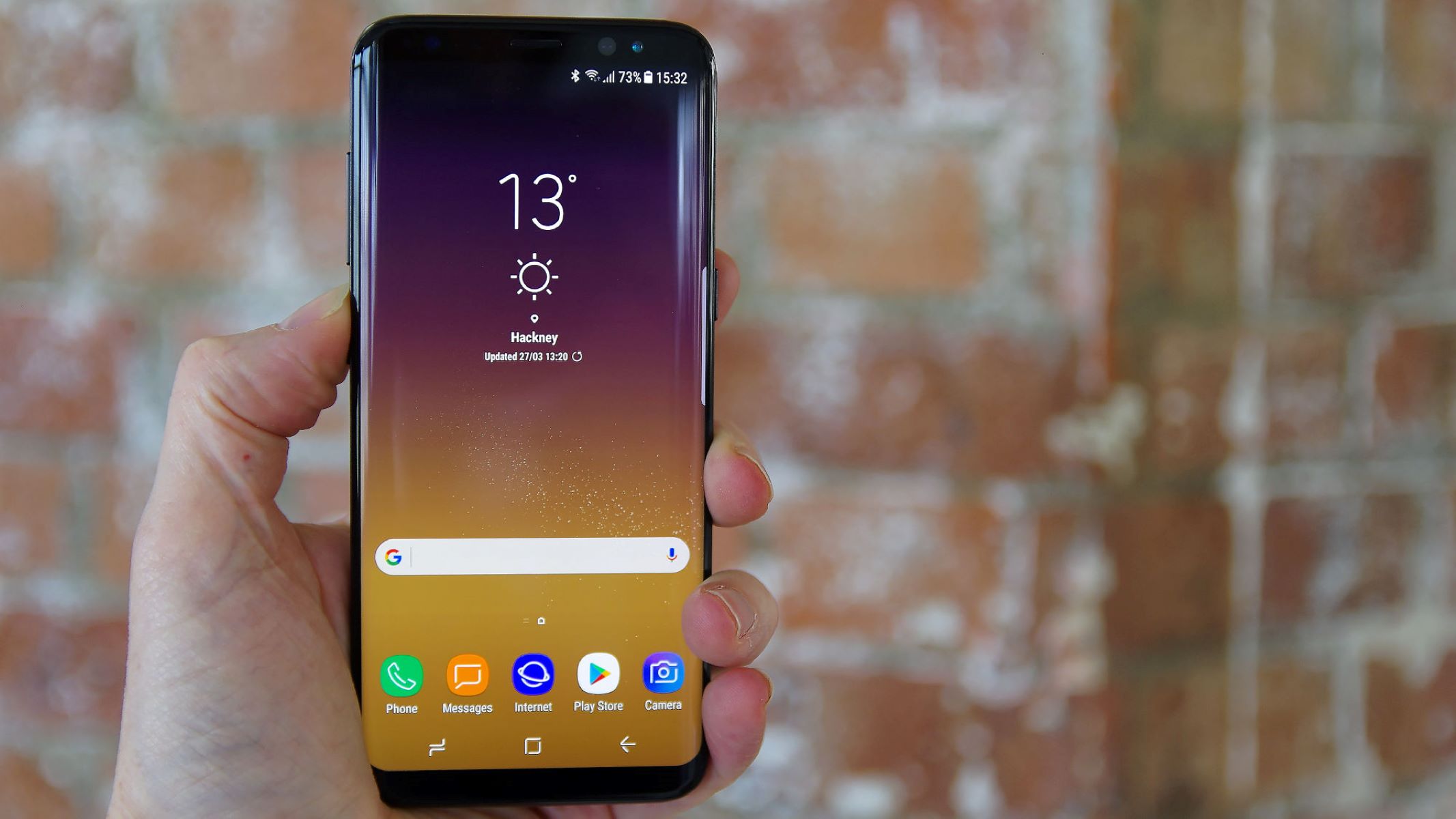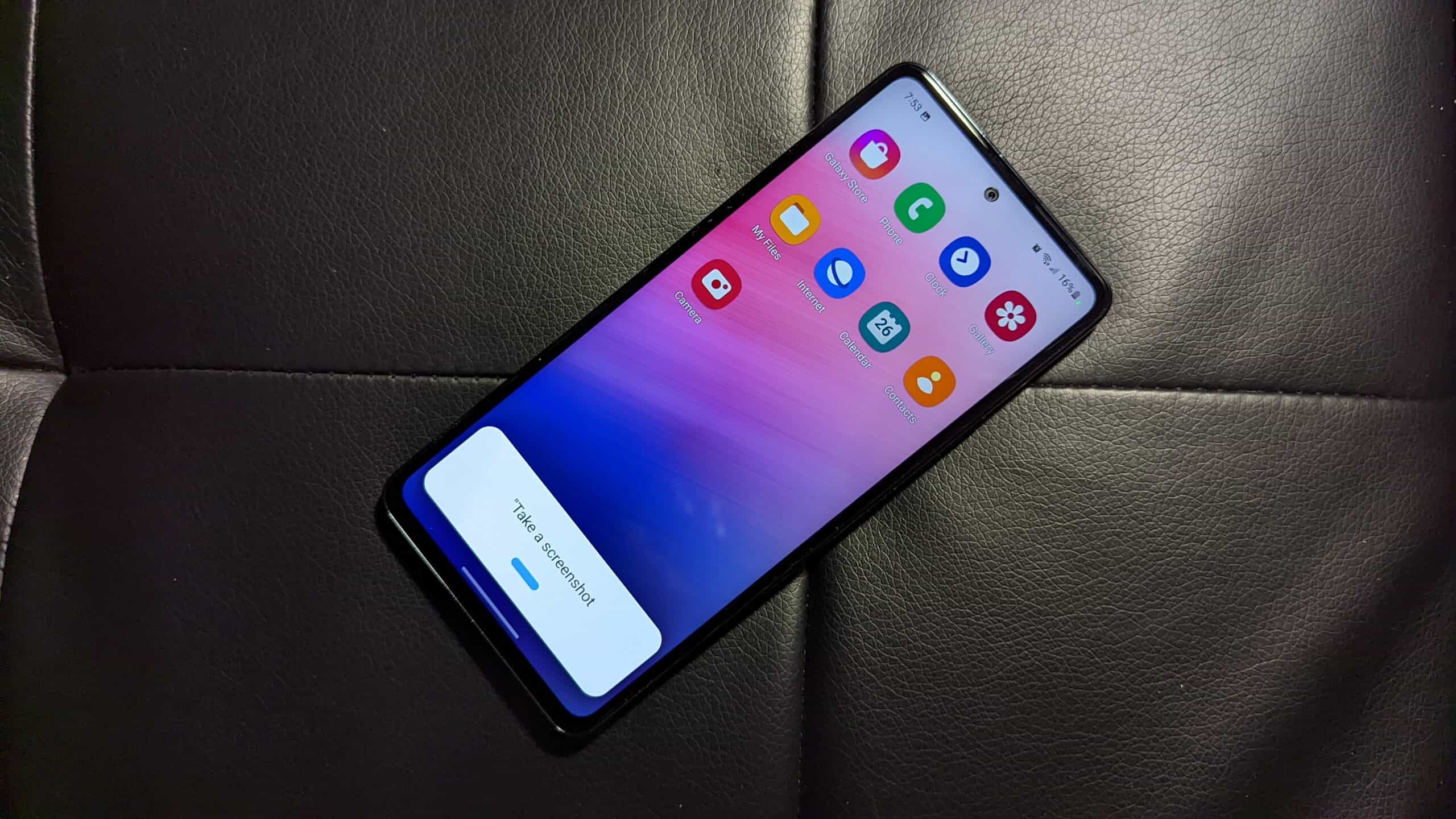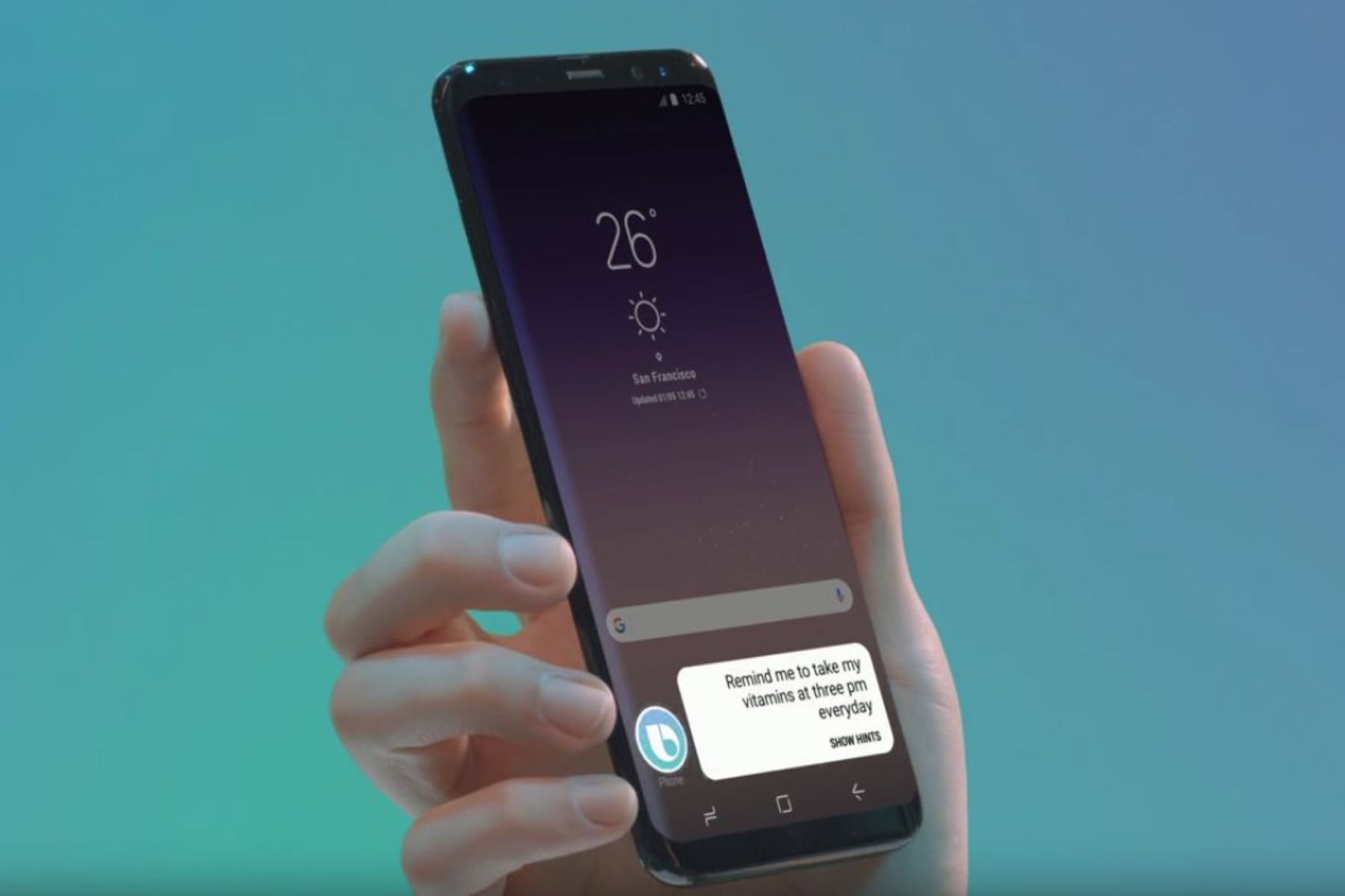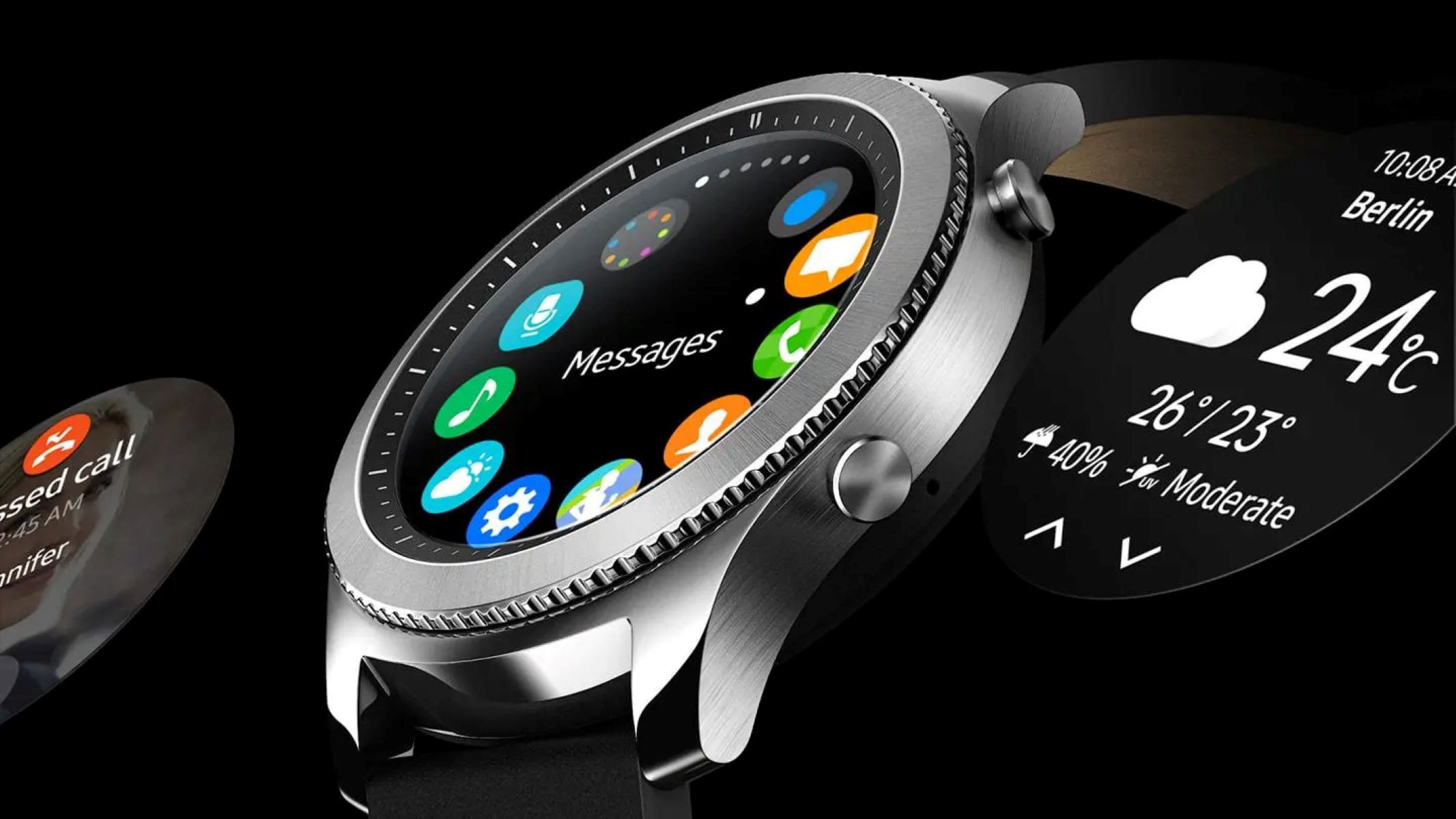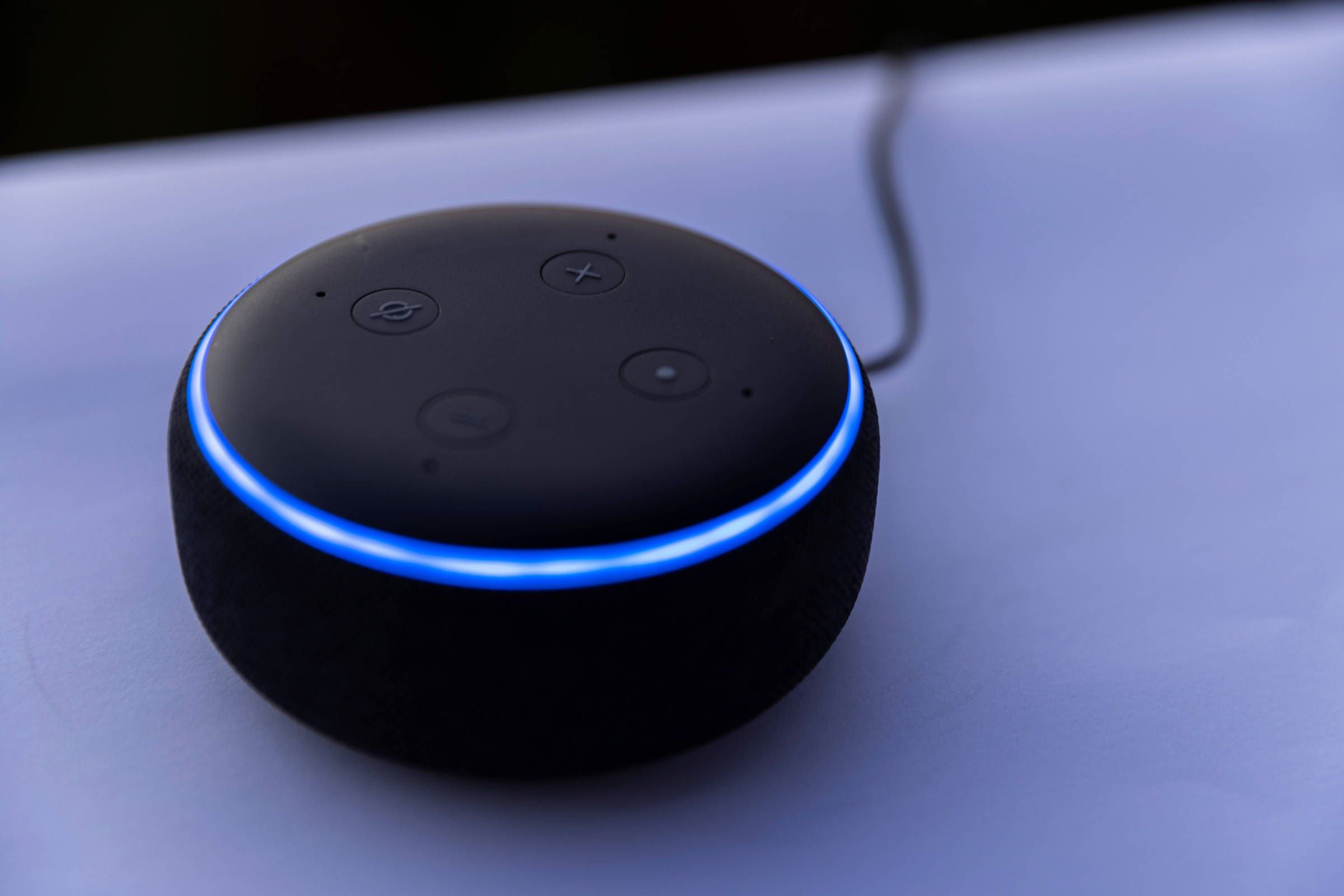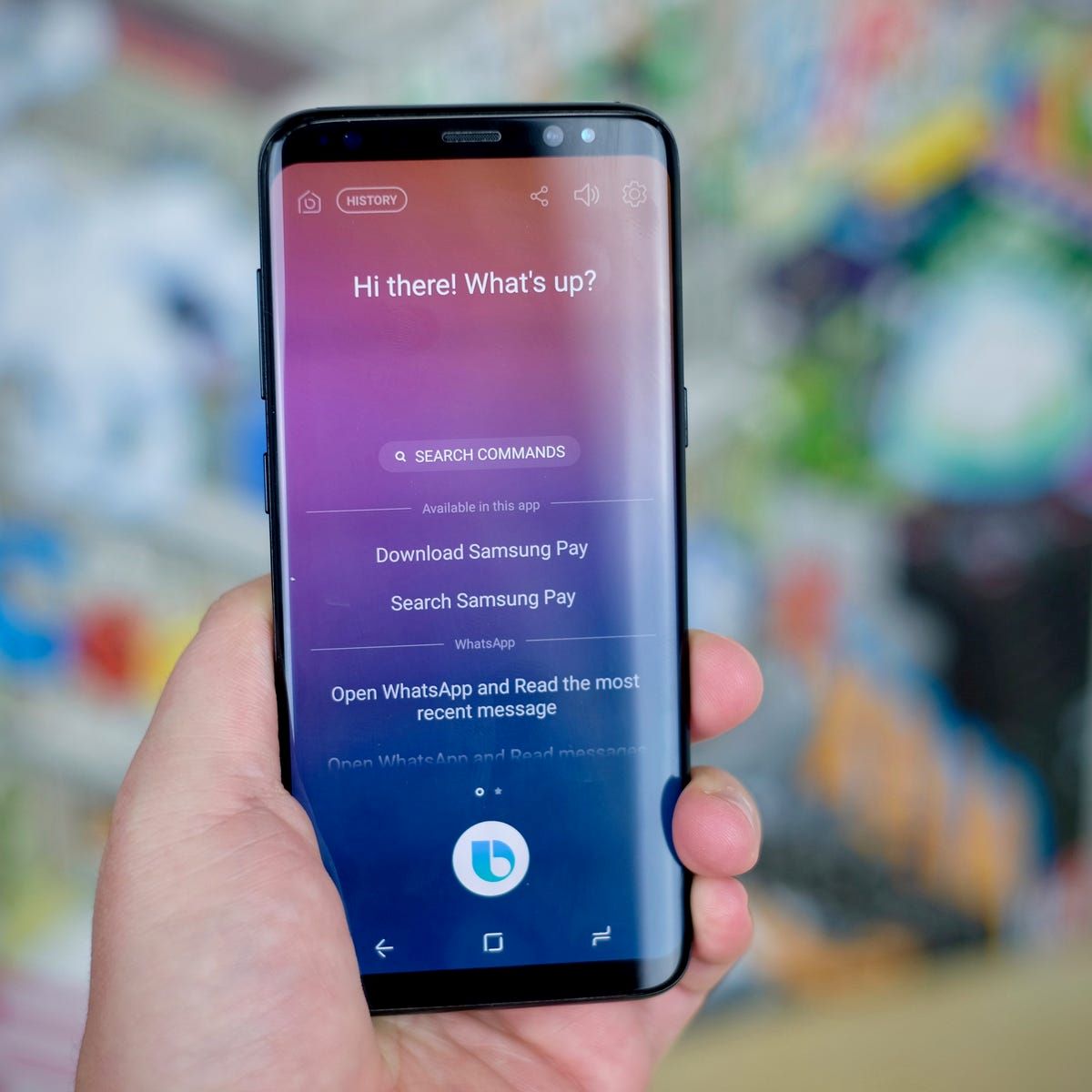Introduction
Bixby Voice is a virtual assistant developed by Samsung that allows you to control and interact with your Samsung devices using voice commands. It offers a wide range of functionalities, including the ability to play music, make calls, send messages, and much more. In this article, we will specifically focus on how to get Bixby to play Samsung Music.
With Bixby’s integration with Samsung Music, you can effortlessly control your music playback using simple voice commands. Whether you want to play a specific song, create a playlist, or shuffle your favorite tracks, Bixby Voice has got you covered.
Setting up Bixby Voice on your Samsung device is a straightforward process. Once you have it up and running, enabling Bixby to control Samsung Music is just a few clicks away. In this guide, we will walk you through the necessary steps to get Bixby up and running and begin enjoying the convenience of hands-free music control.
Whether you’re commuting, working out, or simply relaxing at home, having the ability to control your music with just your voice can greatly enhance your overall experience. You no longer need to reach for your phone or fumble with buttons to change tracks or adjust the volume. Bixby Voice allows for seamless and convenient music playback on your Samsung device.
In the following sections, we will cover both the basic and advanced voice commands you can use with Bixby to control Samsung Music. We will also address some common troubleshooting issues you may encounter along the way. By the end of this article, you will have all the knowledge you need to fully utilize Bixby’s music control capabilities.
Setting up Bixby Voice
To begin using Bixby Voice, you need to set it up on your Samsung device. The process may vary slightly depending on the model and software version of your device, but the general steps are as follows:
- Ensure that your Samsung device is connected to the internet. Bixby Voice requires an active internet connection to function properly.
- Press the Bixby button or say “Hi, Bixby” to launch Bixby Voice on your device. If you are using a device without a dedicated Bixby button, you can access Bixby Voice by swiping from the home screen to the right.
- Follow the on-screen prompts to set up Bixby Voice. This may include accepting the terms of service, signing in with your Samsung account, and granting necessary permissions.
- Once you have completed the setup process, Bixby Voice will be ready for use.
It’s important to note that not all Samsung devices support Bixby Voice. Ensure that your device is compatible before proceeding with the setup process.
If you encounter any issues during the setup process, here are a few troubleshooting steps you can try:
- Make sure your device has the latest software updates installed. Updates often bring bug fixes and improvements that can resolve any setup-related issues.
- Restart your device. Sometimes, a simple restart can resolve temporary glitches and allow for smoother setup.
- If you’re still having trouble setting up Bixby Voice, refer to the user manual or the Samsung support website for device-specific troubleshooting steps.
Once you have successfully set up Bixby Voice on your device, you can proceed to enable its integration with Samsung Music. This will allow you to control your music playback using voice commands with ease.
Enabling Bixby to Control Samsung Music
Once you have Bixby Voice set up on your Samsung device, you can enable its integration with Samsung Music to enjoy hands-free control over your music. Here’s how you can do it:
- Open the Bixby Voice interface on your device. This can be done by pressing the Bixby button or saying “Hi, Bixby” if voice wake-up is enabled.
- Tap on the three-horizontal-lines icon located at the top-right corner of the screen to access Bixby’s menu.
- Select “Settings” from the menu options.
- In the settings menu, scroll down and find the “Apps and Services” section.
- Tap on “Samsung Apps” to access the list of integrated Samsung apps.
- Find and select “Samsung Music” from the list.
- Toggle the switch next to “Music” to enable Bixby’s control over Samsung Music.
Once you have completed these steps, Bixby Voice will be able to control Samsung Music. You can now use voice commands to play, pause, skip tracks, adjust the volume, create playlists, and more.
By enabling Bixby’s integration with Samsung Music, you can navigate through your music library and enjoy your favorite songs effortlessly. Whether you’re in the mood for a specific artist, genre, or album, Bixby Voice makes it easy to find and play the music you love without lifting a finger.
It’s worth noting that Bixby Voice relies on accurate voice recognition to execute your commands effectively. To ensure optimal performance, try to speak clearly and pronounce song names, artist names, and other commands accurately. This will help Bixby understand your requests more accurately and enhance your overall experience.
Now that you have successfully enabled Bixby’s control over Samsung Music, let’s explore the various voice commands you can use to navigate and control your music playback.
Basic Voice Commands
With Bixby’s integration with Samsung Music, you can use a variety of basic voice commands to control your music playback. Here are some essential commands to get you started:
- “Play [song name]”: Use this command to play a specific song in your music library. Make sure to mention the name of the song accurately for better recognition.
- “Play [artist name]”: If you want to listen to songs by a particular artist, simply say their name after the “play” command, and Bixby will start playing their music.
- “Play [album name]”: If you have a favorite album, you can ask Bixby to play it directly. State the album name clearly, and Bixby will find and play the songs from that album.
- “Play [genre]”: If you’re in the mood for a specific genre, command Bixby to play it, and it will shuffle songs from that genre in your music library.
- “Next song”: Use this command to skip to the next song in the playlist or album.
- “Previous song”: If you want to go back to the previous song, say this command, and Bixby will switch to the previous track.
- “Pause”: To pause the music playback temporarily, simply say “pause” to Bixby.
- “Resume”: If you want to resume playing the paused music, use this command, and Bixby will pick up where you left off.
- “Shuffle on/off”: If you prefer to shuffle your music library or want to turn off the shuffle mode, you can use this command to toggle the shuffle feature.
- “Repeat on/off”: Bixby allows you to repeat the current song or disable the repeat mode altogether. Use this command to control the repeat feature.
- “Volume up/down”: If you need to adjust the volume, you can use these commands to increase or decrease it accordingly.
Remember to speak clearly and provide accurate information when using these voice commands. This will help Bixby understand your requests better and ensure smoother music control on your Samsung device.
Now that you know the basic voice commands, let’s explore some advanced voice commands that offer even more control and customization options for your music playback.
Advanced Voice Commands
While the basic voice commands provide convenient control over your music playback, Bixby also offers advanced voice commands that allow for even more customization and control options. Here are some advanced voice commands you can use with Bixby to enhance your music experience:
- “Create a playlist”: Use this command to create a new playlist in Samsung Music. Bixby will guide you through the process, allowing you to name the playlist and add songs to it.
- “Add [song/album/artist] to playlist “: If you want to add a specific song, album, or artist to an existing playlist, command Bixby to do so. Specify the name of the song, album, or artist, as well as the name of the playlist.
- “Play my [favorite/most played] songs”: If you want to listen to your favorite or most played songs, Bixby can compile a personalized playlist based on your listening habits.
- “Search for [song/artist/album]”: If you’re looking for a specific song, artist, or album that is not in your library, use this command to search for it in Samsung Music’s database.
- “Play similar songs to [song/artist]”: If you want to discover new music based on a specific song or artist, command Bixby to play similar songs to that song or from that artist.
- “What’s playing?”: If you’re unsure about the current song playing, ask Bixby, and it will provide you with the song’s title, artist, and other related information.
- “Stop music”: If you want to stop the music playback completely, use this command, and Bixby will pause the music and end the playback session.
By utilizing these advanced voice commands, you can personalize your music experience and discover new songs and artists that align with your preferences. Bixby Voice’s advanced capabilities make it easy to create playlists, add songs to your library, and explore a vast collection of music on your Samsung device.
Experiment with these commands to find the shortcuts and features that work best for you. With time, you’ll become more familiar with Bixby’s capabilities and discover new ways to enhance your music playback experience.
In the next section, we’ll address some common troubleshooting issues that you may encounter while using Bixby Voice with Samsung Music.
Troubleshooting Common Issues
While using Bixby Voice to control Samsung Music, you may occasionally encounter some common issues. Here are a few troubleshooting tips to help you resolve them:
- Limited song recognition: If Bixby is having trouble recognizing specific songs, ensure that the song titles are pronounced clearly. Additionally, make sure that the song’s metadata is accurate and properly tagged in your music library.
- Unresponsive commands: If Bixby is not responding to your voice commands, ensure that your device has a stable internet connection. In some cases, restarting your device can also help resolve any temporary glitches.
- Incorrect song selection: If Bixby is playing the wrong song or artist, double-check the accuracy of your voice command. Make sure to pronounce the song name, artist name, or album name clearly.
- Playlist creation issues: If you’re experiencing difficulties creating a playlist, ensure that you have the necessary permissions to modify your music library. Check your Samsung account settings to verify your access level.
- Playback interruptions: If the music playback is getting interrupted or frequently pausing, make sure that your device’s battery is sufficiently charged. Low battery levels can sometimes affect continuous playback.
- Software updates: Ensure that you have the latest software updates installed on your Samsung device. Updates often include bug fixes and improvements that can resolve compatibility issues with Bixby Voice and Samsung Music.
- Language settings: Verify that Bixby Voice and Samsung Music are set to the same language. Mismatched language settings can affect the accuracy of voice recognition and command execution.
If you continue to experience issues even after following these troubleshooting steps, it may be helpful to consult the user manual of your device or contact the Samsung support team for further assistance. They can provide device-specific troubleshooting guidance and address any specific concerns related to Bixby Voice and Samsung Music integration.
By troubleshooting these common issues, you can ensure a smoother and more enjoyable music control experience with Bixby Voice on your Samsung device.
Now that you have the necessary troubleshooting tips, let’s wrap up this article with some final thoughts.
Conclusion
In this article, we explored how to get Bixby to play Samsung Music, allowing for seamless control of your music playback using voice commands. We discussed the process of setting up Bixby Voice on your Samsung device and enabling its integration with Samsung Music. By following the simple steps outlined in this guide, you can enjoy the convenience of hands-free music control.
We learned about the basic voice commands that allow you to play specific songs, artists, albums, and genres, as well as control playback functions such as skipping tracks, adjusting volume, and managing shuffle and repeat modes. Additionally, we discussed the advanced voice commands that offer more customization options, such as creating playlists, adding songs to existing playlists, and exploring similar songs and artists.
If you encounter any issues along the way, we provided troubleshooting tips to help you resolve common problems, such as limited song recognition, unresponsive commands, and playlist creation difficulties. Remember to ensure a stable internet connection, pronounce commands clearly, and keep your device updated with the latest software releases.
By utilizing Bixby Voice to control Samsung Music, you can enhance your music experience by effortlessly navigating through your music library, discovering new songs, and enjoying personalized playlists. The hands-free control offered by Bixby Voice allows you to stay focused and immersed in your favorite tunes without the need to physically interact with your device.
We hope that this guide has empowered you to make the most of Bixby’s capabilities and enjoy a seamless music control experience on your Samsung device. So, sit back, relax, and let Bixby be your virtual DJ as you immerse yourself in the world of music.







